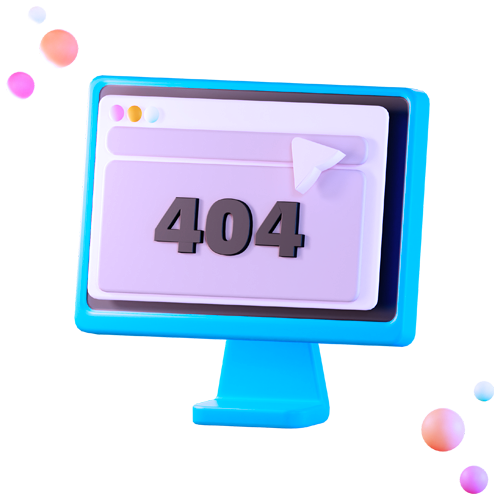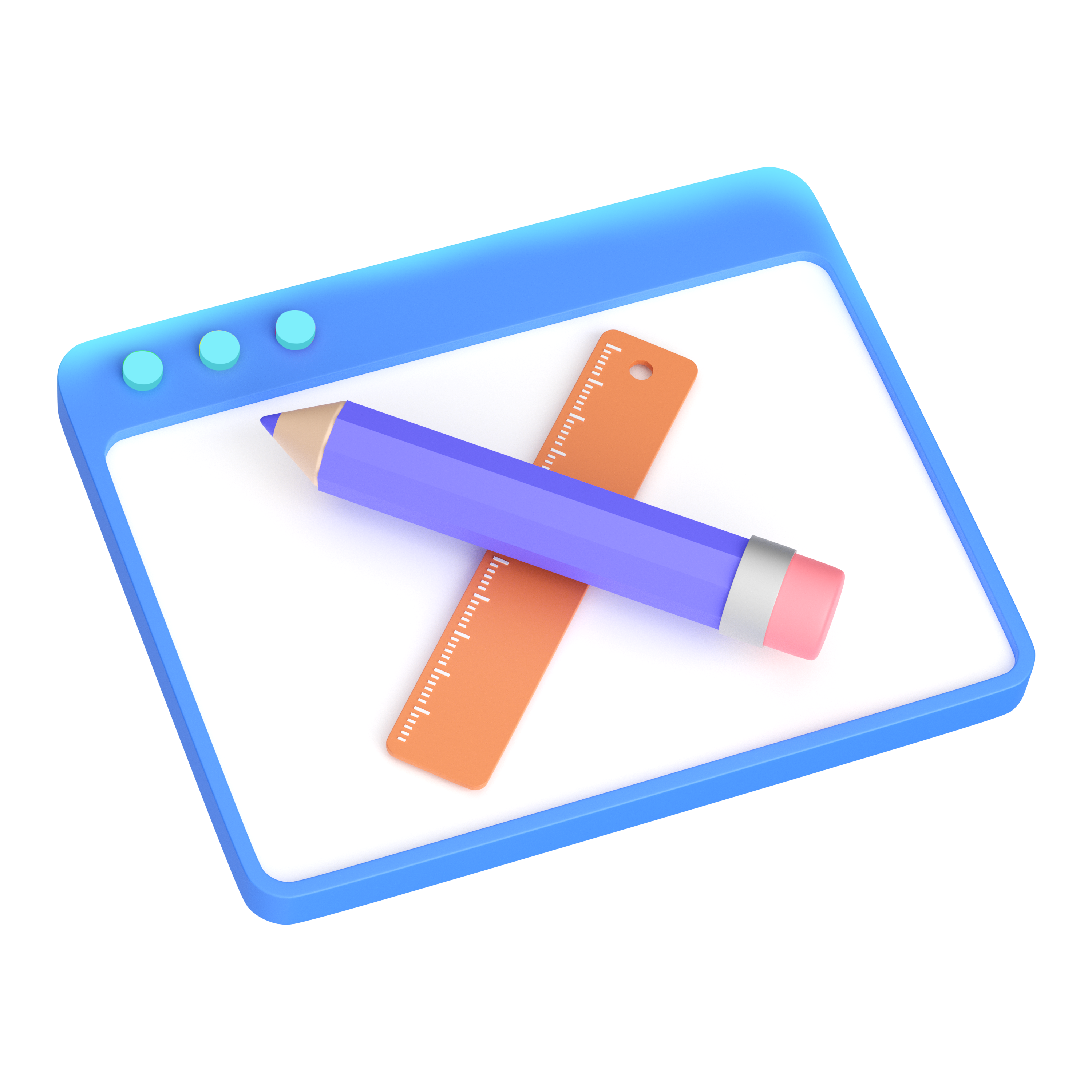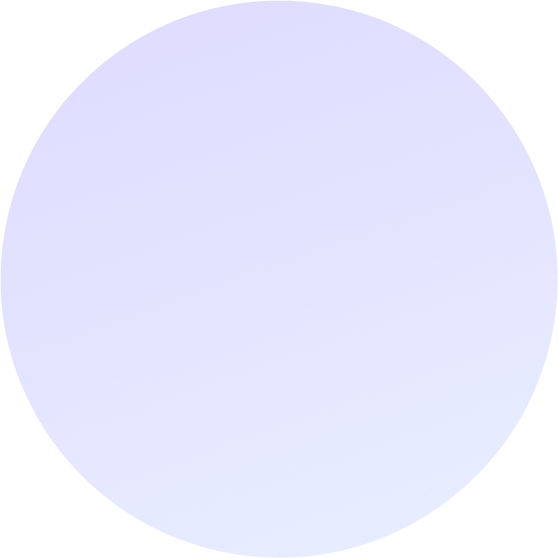Best Practices To Build A Landing Page That Converts
Websites are an integral part of growing businesses, simply because having a website helps get in front of so many more people than just those in the local area. In fact, a new study done earlier this year revealed that less than half of small businesses across Australia don’t have a web presence at all, and even less have a social media presence. This isn’t due to a lack of wanting to have one, but due to being time-poor, many business owners choose options that will give them a return for a lesser time investment. So, many will have a basic website in place, and a base level of Google Ads going, but that’s it. However, in the digital economy we live in, not only it is important to have a good website with good paid and organic digital marketing efforts, but also have a good landing page strategy in place.
A landing page is a page on a website with a specific purpose — the objective of a landing page is to convert visitors into leads. While there are many types of landing pages the intent the same — to get more leads. Landing pages contain lead forms that ask visitors for their contact information in exchange for something of value. A targeted, well-crafted landing page with a solid format and sound copy that builds on a good Google Ads campaign strategy will get almost anyone to submit their information.
Whether you run your PPC campaigns yourself, or have someone handle your Google Ads management, you may have noticed your Google Ads bringing visitors to your page. However, you are probably not seeing enough conversions (of window shoppers actually becoming potential customers). This doesn’t necessarily mean that your digital marketing isn’t working. In fact, it is working better than most as it is bringing traffic to your website. Where you might be losing the conversion of customers is either not having individual landing pages for each of your campaigns, or not having a landing page that converts. A landing page eliminates distractions by removing navigation, competing links, and alternate options so you capture your visitor’s undivided attention.
You don’t want people to just visit your page. You want them to take action once they are there. So make it as easy and compelling as possible for them. To do this, here are some best practices you can follow to ensure that your landing page has all the elements that help convert casual browsers into paying customers.
Test & Update
Before we get into actual best practices for building a landing page that converts, we’d like to talk about the importance of testing out your work. A/B testing would be a common phrase you hear regarding testing out different variations of the same thing with the same audience to evaluate which gives you a better result. This is also true with landing pages – sometimes, it is not whether you have enough landing pages or not that is the problem. It is whether you are saying what your audience wants to hear in the way they want to hear it. So, before you get into building out a swathe of landing pages, try A/B testing various elements of the ones you have (perhaps even using the best practices we have outlined here as your starting point).

When you have Google Analytics set up on your website (if you don’t, you really should), which gives you access to a treasure trove of insights into customer behaviour. This valuable data can give you an idea of what your customers are drawn to, helping you take advantage of this knowledge to help build your landing page out differently.
Use multiple
One of the key aspects of a good landing page is having multiple content formats to engage your customer. This includes graphic elements, visual summaries of text blocks, videos, images, infographics…the list goes on. Of course, this doesn’t mean you have your page stuffed full of visual elements. The simpler the overall look of your website, the better user experience it provides, giving customers a reason to want to consider your offer longer. For example, videos help remove distracting chunks of text and help your overall design look clean, and as an added bonus, help boost conversions by up to 80%. Consider what your audience needs and make sure that your landing page is conveying that information to them as accurately and succinctly as possible, in a clean, crisp display.
Have a clutter-free design
As we’ve already indicated, how your landing page looks is a key driver for whether or not your visitors choose to stay and consider your offer. A clean, simple design with plenty of white space keeps people trained on your call to action (CTA). You can also use visual cues such as arrows or colour to call more attention to your CTA.

Don’t forget to design for mobile as well. With a large number of campaigns indicating that people are looking at content on their smartphones, you would be remiss not to. Browsing on mobiles means that screens will be smaller, interactivity will be more limited, and load times will crawl. None of these qualities are good for your mobile conversion rates, so ensure better performance by designing a mobile-responsive landing page that adapts to these devices. Layouts can be shifted, CTAs made more visible, and images can be shrunk or removed entirely.
Make sure you show value with social proof
You may have noticed that when a page is selling something that requires an investment to the page visitor, there might be a list of who they work with, significant statistics related to usage, or a link to testimonials. This is considered social proof, and serves the purpose of showing visitors that there is value in what you are offering. As social creatures, humans tend to place greater value on things that other people have already approved.
Be clear about your message
We’ve mentioned CTA a couple of times in this article. So what exactly is a call to action, or CTA? It is an actionable statement designed to get an immediate response from the person reading your landing page. That means the starting point of converting visitors to customers is to fully understand the singular significance of your landing page’s call-to-action.

Keep your call to action highly visible by placing it above the fold (what is seen before the visitor has to scroll down). Don’t cram more than you need to onto the screen—too much above the fold can make it difficult to see your CTA—but make sure everything a visitor needs is visible from the get-go. Designing for devices plays a huge part here as well, since the fold varies on the basis of which device people are on the most – so remember to cross-check this data with your Google Analytics.
Be compelling when you talk to them
Copy written for print or display ads often features a clever, funny, or outrageous headline. On your webpage, though, you aren’t fighting for attention. You’ve already done something to funnel your visitors there, now you just need to keep them there. People who are busy thinking “What are they selling me?” are less likely to want too engage with what you are saying. So when you’re writing your headline, go for clear and explanatory over coy and clever.
Good copy shouldn’t read like copy at all. It should be clear and straightforward. Though some offerings demand longer copy (and, as a result, longer landing pages), most benefit from keeping things short. Think fewer paragraphs, more bulleted lists.
Conclusion
When building your landing pages, design them based on what you already know about your audience. Additionally, convert the extra data you collect into informed decisions about your marketing funnel to produce more leads and sales. Optimised landing pages can persuade your visitors to click your call-to-action button and enter your marketing funnel. The call-to-action click is where you convert visitors to your page into leads and then transform them into your loyal customers.
If you’re just getting started with landing page optimisation and looking to get better traffic and convert more visitors, you’ll be on the right track to doing so by following these best practices. They should set you up for success in driving up your conversion rate. If you would like some help setting your landing pages up, we’re happy to help as well. Our qualified experts are able to make the best recommendations to what landing page design is best suited for your business, and what other elements you might need to take it to the next level.













